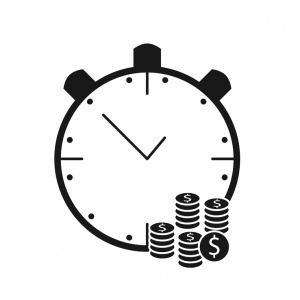In our experience, most businesses highlight waste management and recycling as an area of frustration, a significant expense and feel continued pressure to reduce applicable costs, required labour, landfill volumes and to improve overall sustainability performance.
What stops them? The 3 key factors communicated are generally a lack of time, resources and knowledge in this area.
Therefore, we see National Recycling Week as a great time for all to reset and commit to a positive change in the workplace. During the week, we are sharing some useful tips as a guide to assist your business.
TIP #1: We recommend the first step in the process is to UNDERSTAND YOUR WASTE.
The quickest method is a visual inspection and basic audit of the workplace. Inspect all the key areas including offices, lunchrooms, bathrooms, warehouse/production, other waste generation areas and importantly the consolidation areas where waste bins and containers are generally stored for collection by your service provider.
By inspecting each area and discussing with the staff assigned to work in those areas, you will quickly get a good overview of your business, which we recommend covering the following key considerations:
-
What types of waste and recyclable materials are being generated in areas (common examples below):
| · Cardboard | · Clear plastic transport film (LDPE) |
| · Office paper | · Polypropylene (Bulka Bags & Corflute) |
| · Beverage containers | · Timber pallets |
| · Printer and toner cartridges | · E-waste |
| · Scrap metal | · Organics |

-
How waste is being generated and handled in each area.
- Storage containers, handling and internal transportation methods

-
What volumes of waste and recyclable materials are generated in each area
- For each of the materials, you can estimate/calculate the quantity of bins or containers that are or would be filled per shift, per day.

-
What labour utilisation is required in each of the areas of your business
- Estimate the time taken to handle the materials and then transporting/moving the materials on site, which may surprise you with the results.
- Calculate per shift, per day.

During the inspection and audit process, ask the employees for their thoughts. Ask them for the daily issues/problems they encounter and possible improvement opportunities they believe will help them become more efficient.
In the workplace, positive changes to waste management and recycling practices can deliver long-lasting benefits, including permanent reductions in waste costs, minimising annual increases and reducing labour.
Creating new and/or improving recycling systems can also create new and/or improved revenue streams.
Therefore good for your Business and also for the Environment.
Find out how to streamline your business’s recycling and waste management systems


